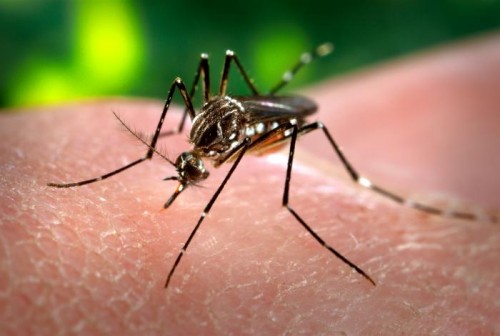The Zika Virus and Systematic Screens of Mouse Mutations
Posted by DMDD, on 14 July 2016

This post was originally published on the DMDD blog.

The Zika virus has raised global awareness of birth defects more than at any time in the last 50 years [1]. A recent Nature Editorial explores the opportunities this presents to increase support for vaccination programmes, compulsory fortification of food staples and investment in population-scale databases to mine information on the causes of birth defects. But what does it mean for research into the genetic basis of developmental disorders and rare diseases?
HOW RARE IS RARE?
Some birth defects, such as Zika-linked microcephaly, are infectious in origin. But many are related to genetic mutations, which can also prevent an embryo from developing as it should. The rare diseases resulting from genetic mutations can be chronic and life threatening, and 30% of rare disease patients die before their fifth birthday [2]. Many mutations can also lead to miscarriage. Genetic cardiac conditions affect around 1% of newborn babies [3], but it’s estimated that these defects prevent around ten times as many foetuses from surviving until birth.
A rare disease is difficult to study, because of the relatively small group of patients – by definition less than 1 in 2000 of the general population are affected. But with more than 6000 known rare diseases, 80% of these with a genetic component, it’s likely you or someone you know has a rare disease. 7% of the population will be affected at some point in their lives, which equates to around 3.5 million people in the UK alone [3].
CLUES FROM SYSTEMATIC SCREENS
We have a huge challenge to find and prevent the causes of rare diseases. For those diseases linked to genetic mutations it’s vital that we understand their genetic basis, and basic research in developmental biology is fundamental to this.
Mouse research in particular offers a wealth of information, thanks to systematic studies that would not be possible in human patients. The mouse genome can be manipulated to delete (knock out) a specific gene. The resulting embryos and adult mice can then be studied to look for abnormalities in the way they develop. It’s a unique way to understand the role that a specific gene plays in development from embryo through to adult, and the developmental abnormalities that may arise from a fault with the gene. Around 30% of gene deletions cause abnormalities so severe that the embryo does not survive until birth, so study of these genes also provides clues about the genetic basis of miscarriage.
Systematic screens by the DMDD and IMPC are working to study the effects of individually knocking out every gene in the mouse genome. With all data freely available online, they are a rich resource for those researching human birth defects, miscarriage and developmental disorders.
The Zika virus has put birth defects back on the political agenda, and scientists have a challenge to find and prevent their causes. In this context, systematic screens of mouse gene knockouts and other gene mutations are more important than ever.
DMDD provides a free, online database of embryonic-lethal mouse gene knockouts: see dmdd.org.uk.
REFERENCES
[1] Use Zika to renew focus on birth-defect research, Nature Editorial, Nature 535, 8 (7 July 2016)
[2] About Rare Diseases, Rare Disease UK
[3] Congenital Heart Disease, Centres for Disease Control and Prevention


 (No Ratings Yet)
(No Ratings Yet)